Dominaria United arrives this week and it has been a long, long wait for its arrival. It follows Streets of New Capenna, which set the record for longest time a Limited format held the spotlight. Unfortunately, New Capenna proved less replayable than the average format, which made the wait even harder. It also spawned a Blogatog question that inspired discussion both amongst my local friend group and the wider Magic community about format longevity:
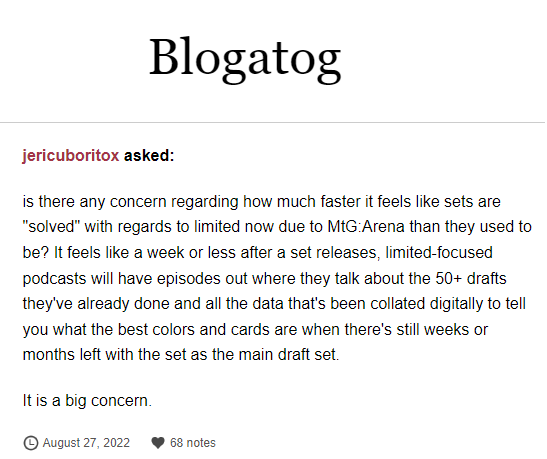
Not a new problem
Format longevity is hardly a new problem for Magic: The Gathering. Wizards ended the three-block structure seven years ago and did away with blocks altogether in 2018; part of the reason was increasing format longevity. Most players get more excited by big shakeups, like a brand new Limited format or an entirely new plane, than they get by a modified version of a familiar Limited format and mechanics.
There’s also more data today, and more information means formats can get solved faster. For years, Wizards has tamped down on availability of data to slow the speed at which formats get solved. However, Magic’s increased popularity has substantially increased the number of active players, and a greater number of players generates ever more data. Much of this growth is thanks to Magic Arena, a platform which makes it cheap and fast to draft over and over, again increasing the pressure upon formats. Add in the proliferation of tools like 17Lands and there’s likely enough data coupled with enough play that it’s easier than ever for formats to get solved and go stale quickly.
There’s also changes in how people play. The pandemic pushed nearly all play online in 2020 and changed how many of us play Magic. This led to binge behavior that concentrated format-solving effort into the first weeks of play rather than distributing it over months. If an average player gets done with a format after a fixed number of drafts, them drafting faster will necessarily led to format interest dipping faster, even if they’re still drafting the same amount. I’d also argue that the migration of players away from rotating formats like Standard increases pressure on Limited, since it changes drastically with each release (unlike eternal formats).
So, that sets the stage. Wizards has been concerned with format longevity, circumstances have increased the pressure upon sets, and format longevity may have suffered. So today, I’d like to quickly examine those pressures and consider some avenues for how Wizards might be able to alleviate the issue.
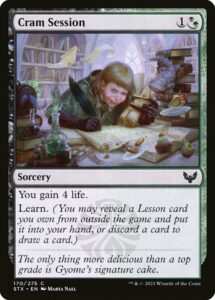
The data problem
Wizards of the Coast has a history of pushing back against data availability. It doesn’t release all decklists from Magic Online events anymore, but a curated selection of undefeated lists that provides a muddled picture of the metagame. It restricts what data players can glean from Magic Online and almost never shares data from Magic Arena. It has even asked websites like MTGGoldfish to restrict information they share. This seems like a potentially losing battle when client-side tools like 17Lands make it easier than ever for players to generate and pool data, and when those tools help build the communities and content creators that generate interest in these Limited formats.
I don’t think there’s an easy answer for what the healthiest or best amount of data there should be. That said, I do believe the way that people talk about sets helps formats get stale faster. I think that people are better today at receiving a format’s Level 1 news—the basic Limited structure and the best deck in the first week. However, it’s much harder for them to receive the level 2 news—how the format changes once Level 1 understanding is widespread.
Players get the message that “white is overpowered in New Capenna” because it’s in the format introduction (the first thing they’ll read, listen to, or watch), but miss how the format adjusts (because that content relies on them having already learned the level 1 news, and also, it just comes out later). Some part of the problem isn’t the amount of data being generated, it’s the kinds of data which are (and are not) becoming widespread. That said, there is a major factor that likely is undermining each format’s ability to evolve over time.
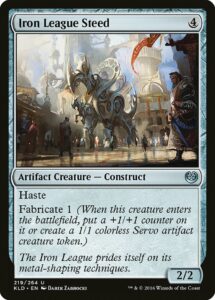
The league problem
The vast majority of online Limited happens in leagues, where you draft with one group of players and then (mostly) play people who drafted in different pods. This can make it harder for formats to self-correct. In a format with large color imbalances like Midnight Hunt or Streets of New Capenna, you can skillfully navigate your pod and draft an amazing RG MID or SNC deck that will likely get wrecked by a halfway decent WU deck from another pod. If there’s no cross-pod play (you only play against people in your same pod), formats can be much more self-correcting.
I believe that league play’s advantages vastly outweigh the disadvantages in digital Magic. It’s incredibly convenient to play your matches whenever you want—old school Magic Online drafts required you to set aside 2-3 hours to play. I’m not advocating getting rid of leagues, but it’s worth acknowledging that they have tradeoffs. Perhaps Magic Arena could have a stricter ranked system, where players have to draft with and play against players of their rank—that could create a form of intra-pod play. However, this could drastically increase queue times for everyone and it does nothing for BO3 players like me (since Best of 3 isn’t ranked), so it may cause more issues than it aims to solve.
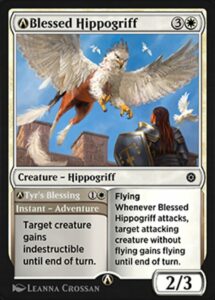
Digital solutions to digital problems
In the past few months, Alchemy has introduced two methods of spicing up Limited formats: the live balancing of Alchemy Horizons: Battle for Baldur’s Gate and the introduction of Alchemy cards in a special Streets of New Capenna Limited event. Both of these can add novelty to a format, potentially revitalizing it. Live balancing in particular can let Wizards fix balance issues by buffing and nerfing cards. These are well-known tools for digital card games and could help here.
I’m a bit skeptical. When I’m done with a format, tweaking 20 cards doesn’t sound exciting enough to justify coming back—the format is the same, the interactions are the same, just the power levels are slightly shifted around. If I’m not done with a format, tweaking cards and changing the format doesn’t sound like fun—I was already enjoying the set. Adding cards could be cool, but a couple dozens cards are a drop in the bucket compared to the whole set.
Moreover, the light tweaks we saw with SNC (where every Alchemy card was dumped into the set, even though they weren’t designed for Limited) and the minimal curation of Double Feature discouraged me rather than encouraged me. And even if Wizards manages to find strong digital solutions, they won’t have any effect on the tabletop format (which is also prone to longevity issues) and they’ll create differences between the two.
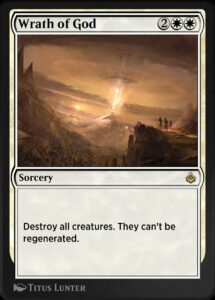
The obvious but expensive solution
Perhaps we need to accept that Limited formats get solved faster now. We could just have more Limited formats, like new sets every two-ish months. This is an obvious solution as a consumer, but as a designer, it’s super resource-intensive. Designing sets requires time, effort, and resources—it’s not like Wizards has two design teams sitting around with nothing to do. As evidenced by Alchemy Horizons: Battle for Baldur’s Gate’s reliance on reused art and cards, it seems like the Arena game design team is already under-resourced and couldn’t easily absorb a doubled workload.
While drafters may have an appetite for more Magic, consumers may well not. For years, Magic players have complained about spoiler fatigue with the sheer volume of Magic products releasing. 2022 is already on track to have a new Limited format every six weeks—the four premier releases in NEO, SNC, DMU, and BRO and five supplemental sets in Double Feature, Commander Legends 2, Double Masters 2, Alchemy Horizons: Battle for Baldur’s Gate, and Unfinity.
Beyond spoiler fatigue, players only have so much money they’re willing to spend. Sure, some players might be happier to have more Limited formats, but if they’re spending the same amount of money, why would Wizards want to put in the effort? All that’s to say, having monthly booster releases may well do more harm than good.
Still, if I could have another release or two each year, I’d love to see something simple. Shadows over Innistrad and Battle for Zendikar blocks could get the same Remastered treatment as Kaladesh and Amonkhet. That’s not a trivial ask of the Arena team—curating, playtesting, and programming hundreds of cards (plus cosmetics) is hardly a simple task, even if no new cards need be created. But it shouldn’t apply the same kind of hype or financial pressure when the cards are all familiar, and when it helps speed Explorer’s intended transformation into Pioneer.
I recognize that it’s easier to envision a familiar product rather than craft a novel solution to Wizards’ problem, but I don’t see an obvious, brilliant solution to an age-old problem exacerbated by modern developments. Perhaps a study of the past few years’ success and issues could yield some insight into longevity. The preponderance of treasures in AFR and HBG made it easy to splash blue bombs and undermined dynamic balancing; STX and SNC demonstrated the well-known perils of five-archetype formats where two archetypes fail to function; IKO, ZNR, KDH, and VOW all had a format-defining mechanic that excluded and substantially weakened a color (or two).
I know that Wizards has been working on this problem for decades at this point, and both look forward to their solutions and trying to concoct a few more of my own. But that’s a task for another day. For me, it’s time to get ready for Dominaria United and keep in mind how much fun it is right now, when excitement is at its peak.
Zachary Barash is a New York City-based game designer and the last commissioner of Team Draft League. He designs for Kingdom Death: Monster, has a Game Design MFA from the NYU Game Center, and does freelance game design. When the stars align, he streams Magic (but the stars align way less often than he’d like).

